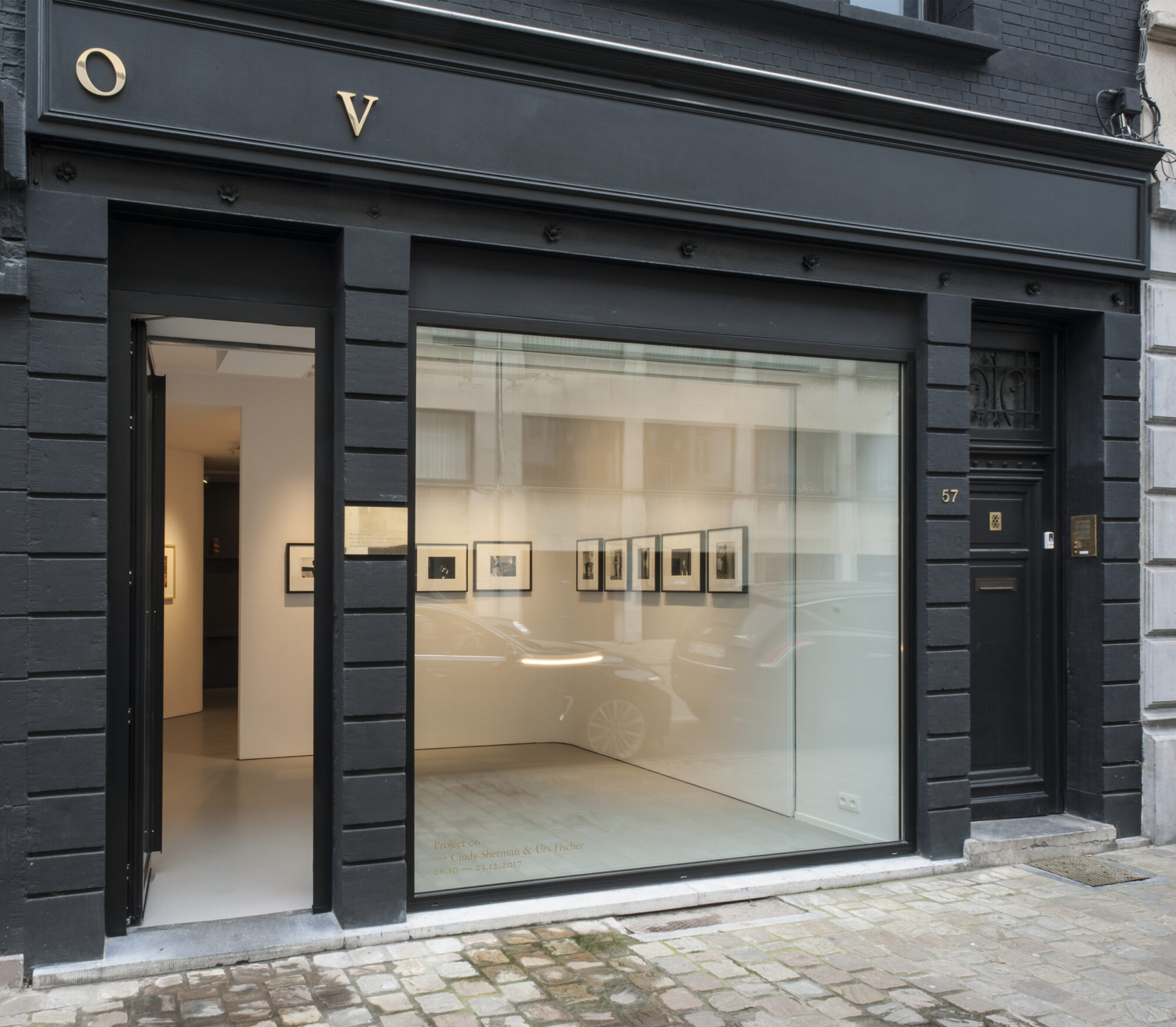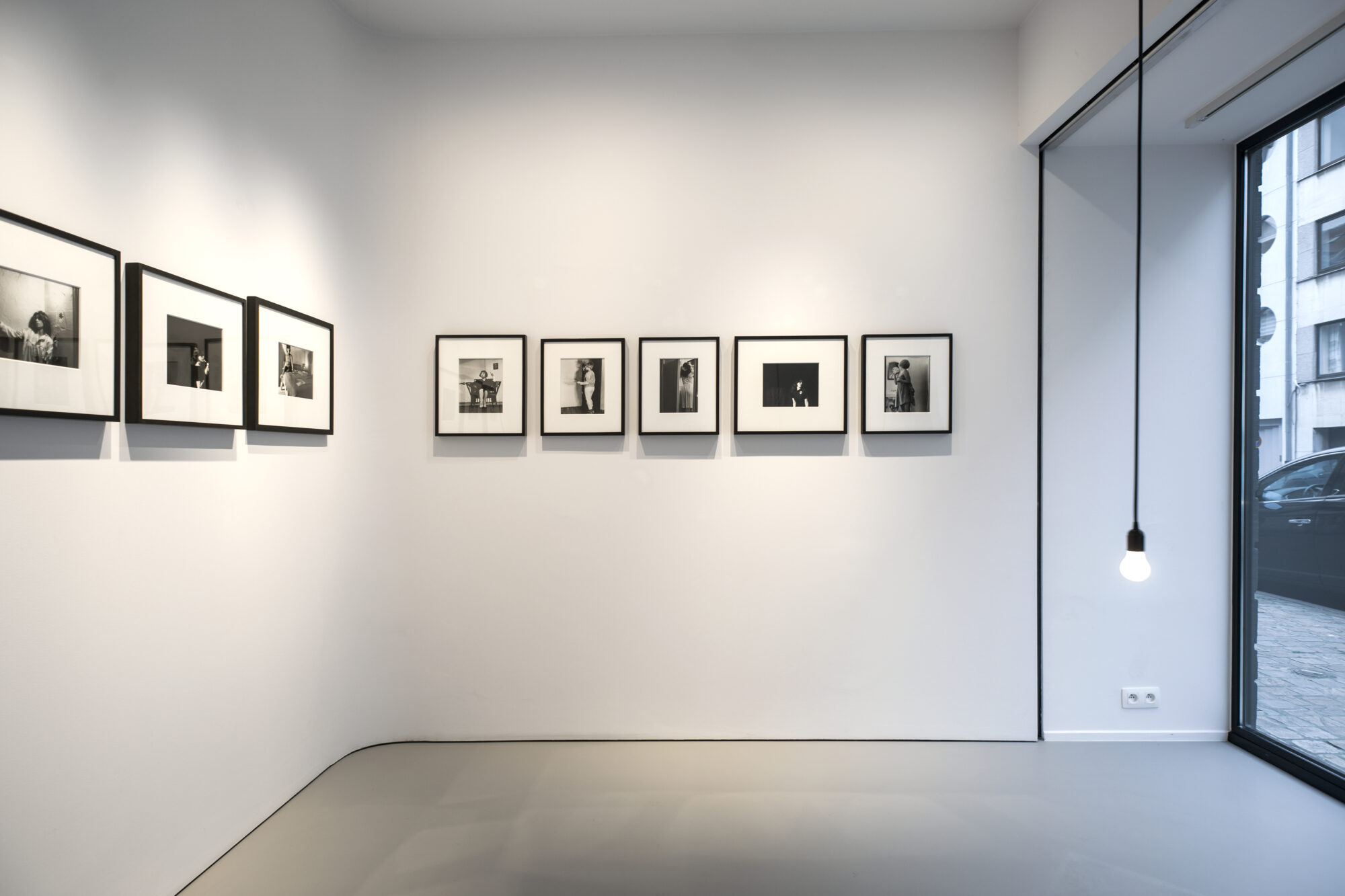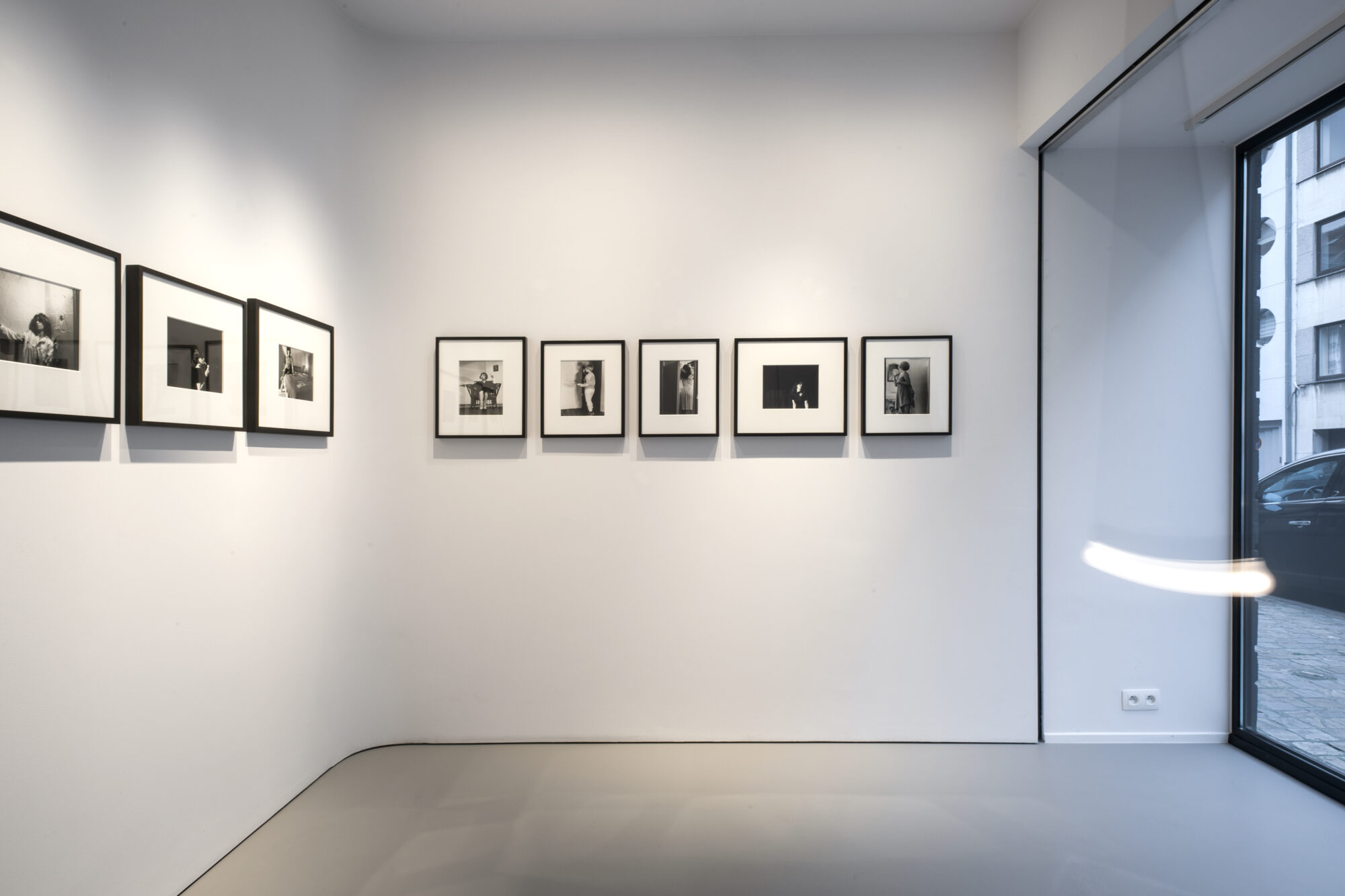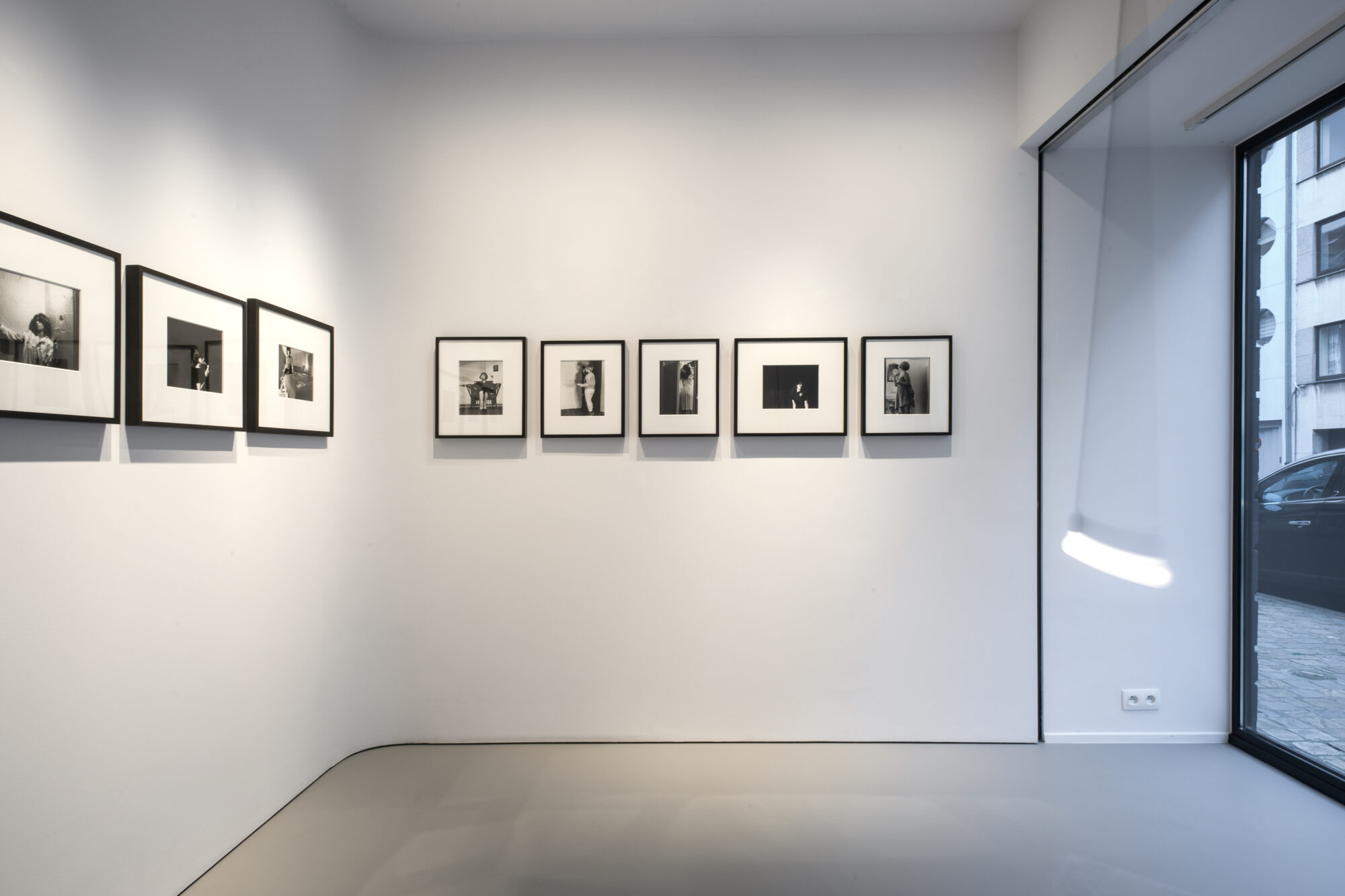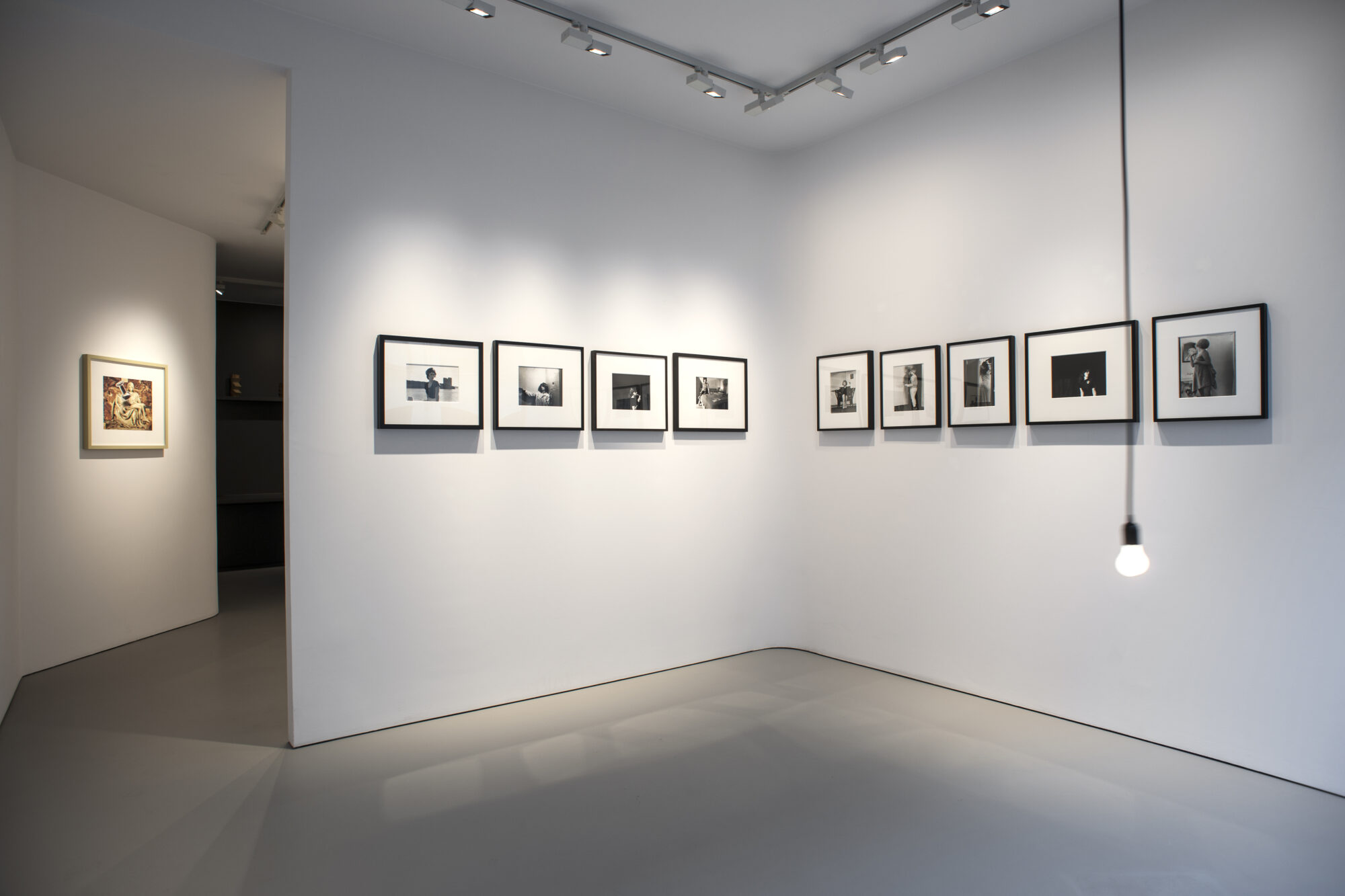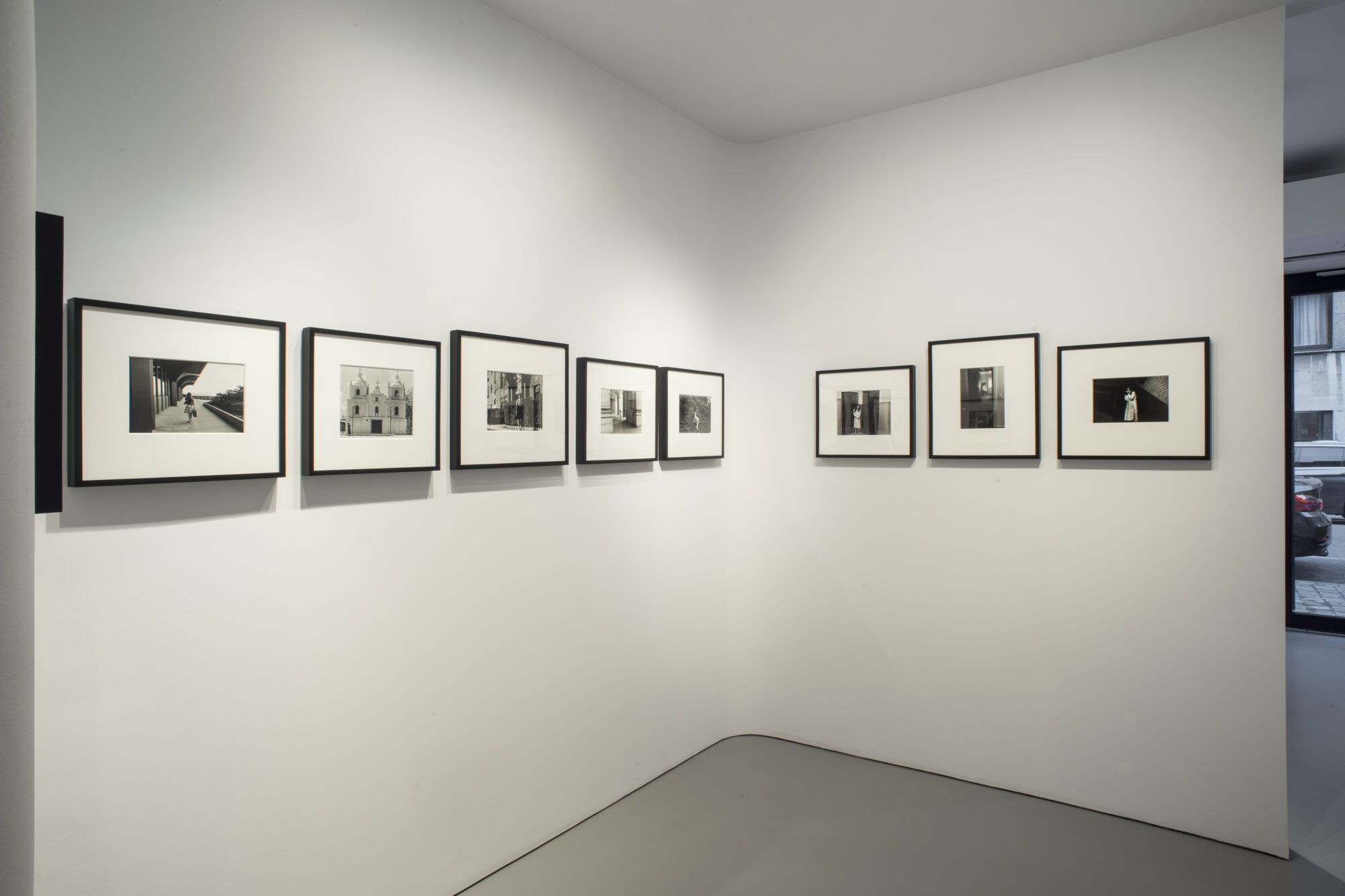Cindy Sherman & Urs Fischer
Opening : Thursday 26th October 2017
from 6 to 9 pm
Unsettling the Light
In March 1667 Gabriel Nicolas de La Reynie was assigned the new post of ‘lieutenant-general of the police’ by Jean-Baptiste Colbert, minister under Louis XIV, to free Paris from the disorder that had hold of the city. The first task La Reynie set himself, was giving the order to install lighting at the beginning and end of each city street – to enforce light capable of chasing off those who would otherwise be protected by the darkness. With this act, the lieutenant-general not only expanded the luminous supremacy of the Sun King to the realm of the night, he also paved the way for the Century of Light - the age of reason battling against the shadowy areas. Today, three and a half centuries later, we continue to behave like the tired heirs of that which, before anything else, was the first police operation - the police of the body, of the night and of thought. Henceforth, we are wary of the light and of its promise of driving out the areas of shadows to install the reign and order of the truth in all its grandiose splendour; we are wary because we know its violence.
When Cindy Sherman introduced her serie Untitled Film Stills in 1977, she was amongst the first to stop believing that light and those who work with this medium have something to teach us. The only thing that the light of the cinema could reveal, was a gallery of stereotypes, a collection of portrait robots defining nothing more than what the established police order is willing to allow or not, to tolerate or not. With Cindy Sherman, the light clarifies nothing. On the contrary, it becomes one more extra filter, reestablishing obscurity where one would expect clarity to rule; it is what renders us blind instead of what helps us to see. The cinema, a medium of a new vision, totally embedded in an illuminated ecology, is in fact a congested machine, a system of recycling that confuses fantasy with epiphany, apparition with illumination. In reality, the only thing the light allows you to see, is itself; the light stages its own ability to create order in the same way cinema stages its own capacity to fantasise. Having become the madonna of neorealism, femme fatale of the film noir, heroine of the melodrama, Cindy Sherman hasn’t stopped lying - but her lie haloed by the powers of cinema light, is too close to the truth to not be true.
Just thirty years after the first Untitled Film Stills the message of Urs Fischer with Mr. Watson ... come here ... I want to see you was no different than what Cindy Sherman wanted to say: in the age of the media of light, she can’t help but being worried. A simple bulb of light balancing on the end of a wire, accompanied by the evocation of the first words ever to have travelled through a telephone (on the 10th of March, 1876, in the house of Alexander Graham Bell), suffices to stir up unrest. The anxiety bubbles up by itself through the double aesthetic reference to both the imagery of the ‘thrillers’ of The Golden Age of Hollywood and the origins of telecommunication, like rancid water flowing through the streets of Paris at the end of the 17th century. But the anxiety also stems from other works, such as Doodlesac, that turn the eye, the receiver of light which has become model for all camera’s, in fact for all visual systems, into an wreck organ. More than a device that allows us to know the world, by exposing us around the clock to the power of the light, it is the eye that teaches us about rules, norms and values - that which the police stands for.
To break from this, one has to steer away from the light, as well as from all the devices that subject to it; there’s no choice other than to stay blind to the light if one is ever to regain some of the sovereignty that has been lost with the invention of the police and public lightning. That is what Cindy Sherman did by replaying the imaginary scene of global entertainment, it is what Urs Fischer does when he changes the position of the eye - here, the eye has been placed in a mouth to be confronted with his lust for vulgarity. In both cases, the idea that the truth takes on the form of glorified light is dissolved in the affirmation of the reverse: the only thing the light reveals are trifles - the imitation of a “cliché” that tells of the stupidity of all light. When Guy Debord wrote that “in a world that has been truly turned upside down, what is real becomes a fake moment”, what he actually meant to say was “in a truly supervised world, the light is a moment of cinema”. So, to leave the cinema of light behind, one has to recreate the invisible, come up with a different kind of visible, a vison foireuse, a patchwork to the point of blindness; one has to break down optics and its watchmen - like Marcel Duchamp wanted to do with aesthetics. Because, in the end, aesthetics as it was invented by Alexander Baumgarten in 1750, is nothing more than the form taken by the thought of light in the domain of art: the form taken by the police, confronted one time with images.
Text by Laurent de Sutter
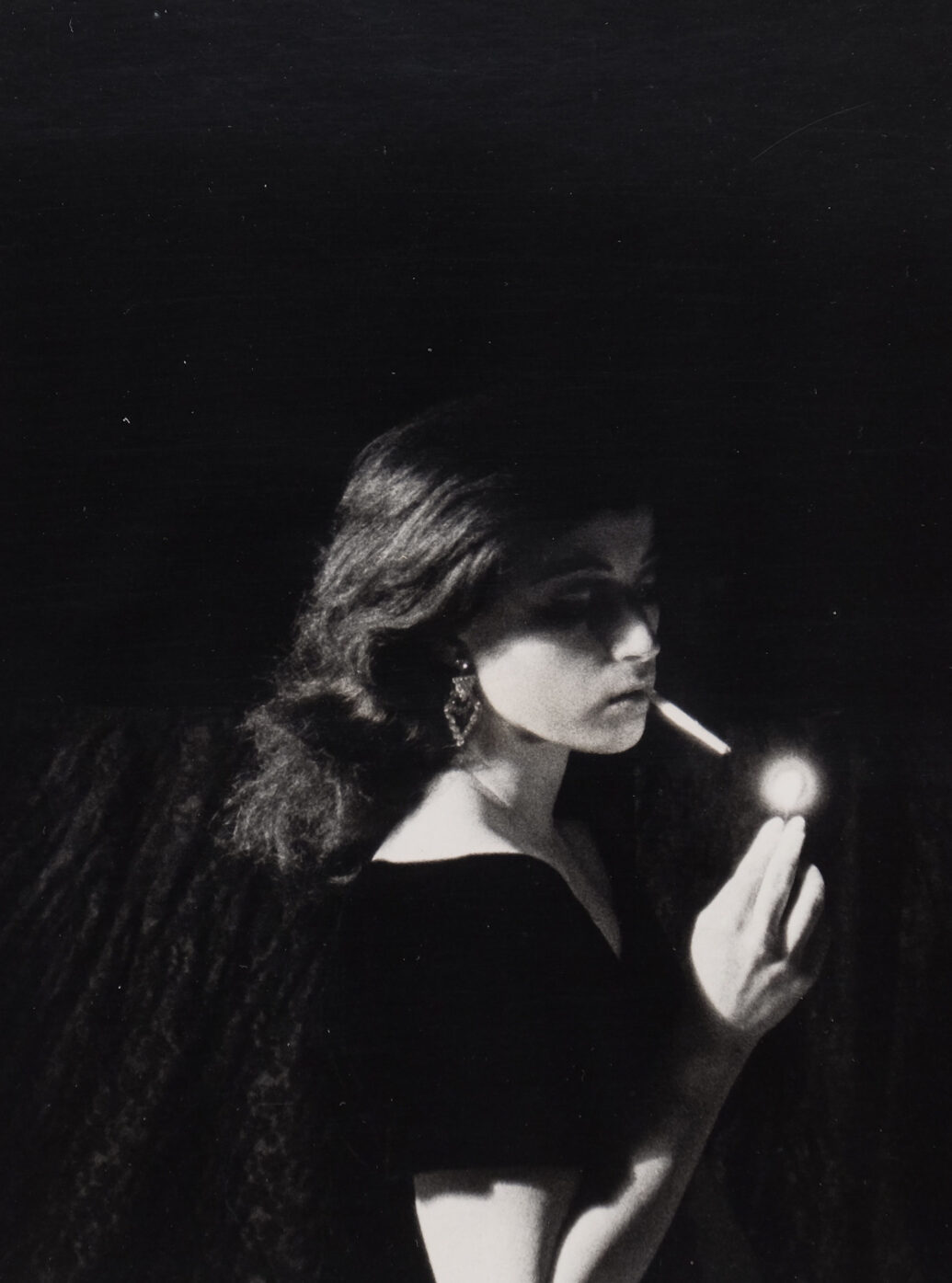
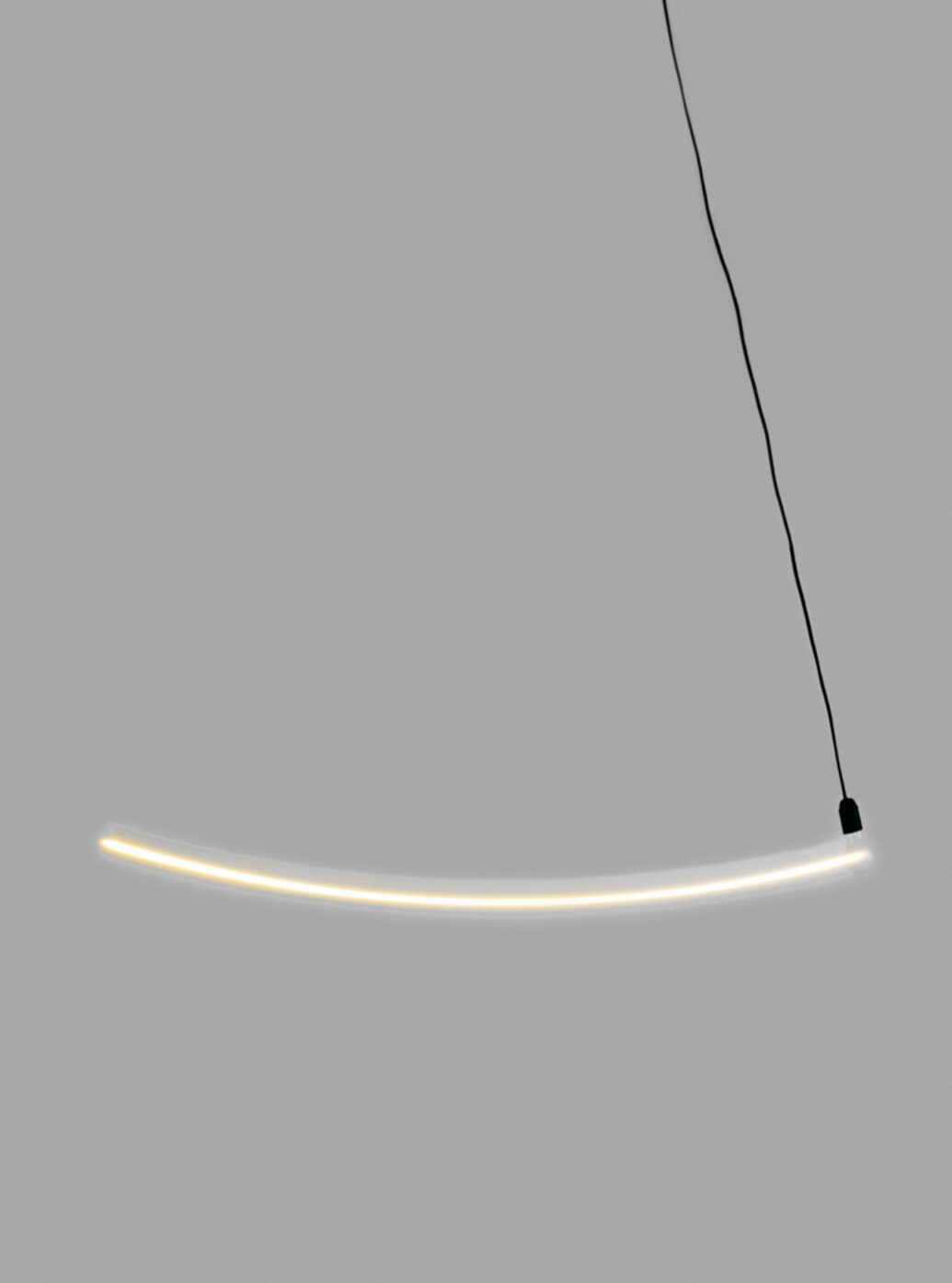
Cindy Sherman
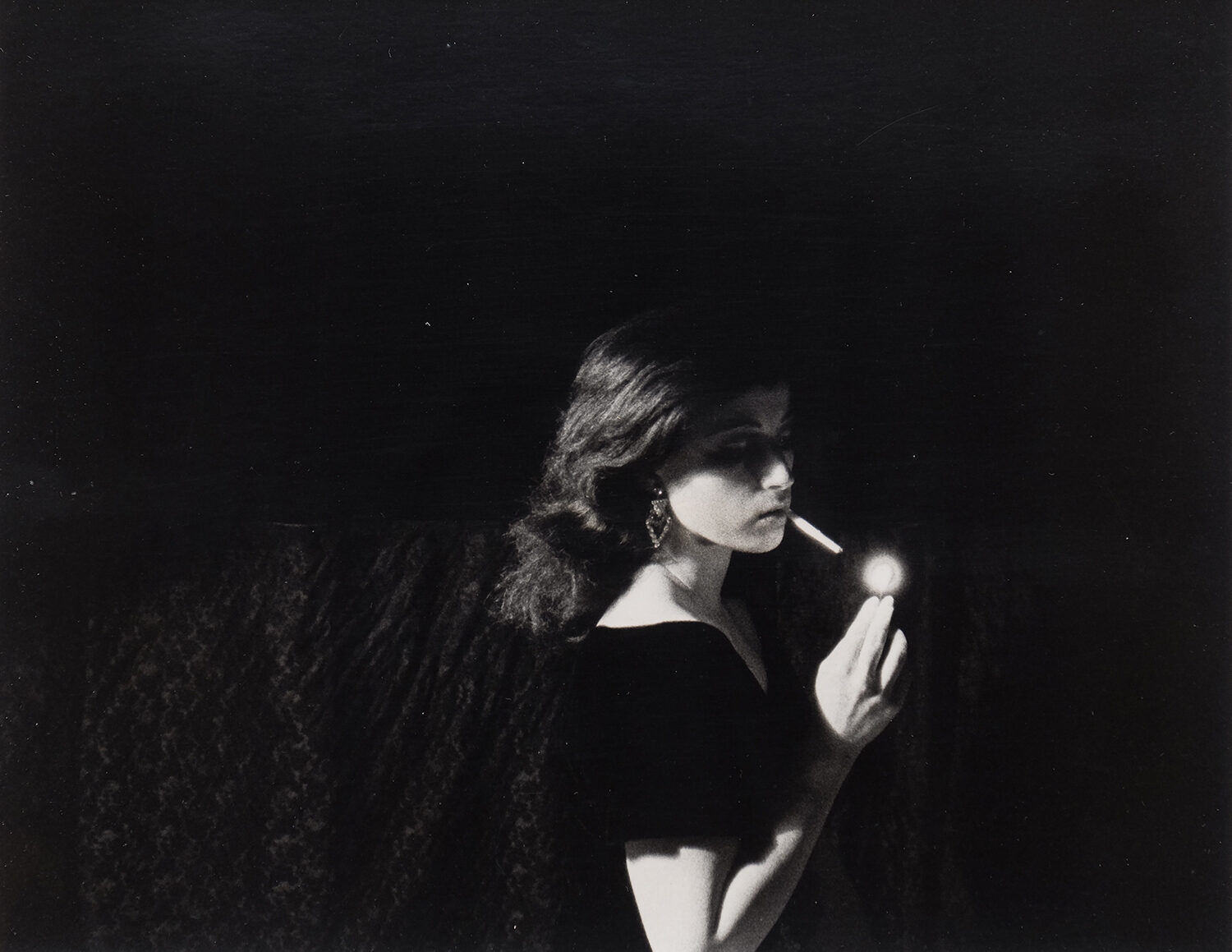
- Untitled (Film Still # 32), 1979
- Gelatin silver print
- 25.40 cm x 20.30 cm
- edition of 10
Urs Fischer
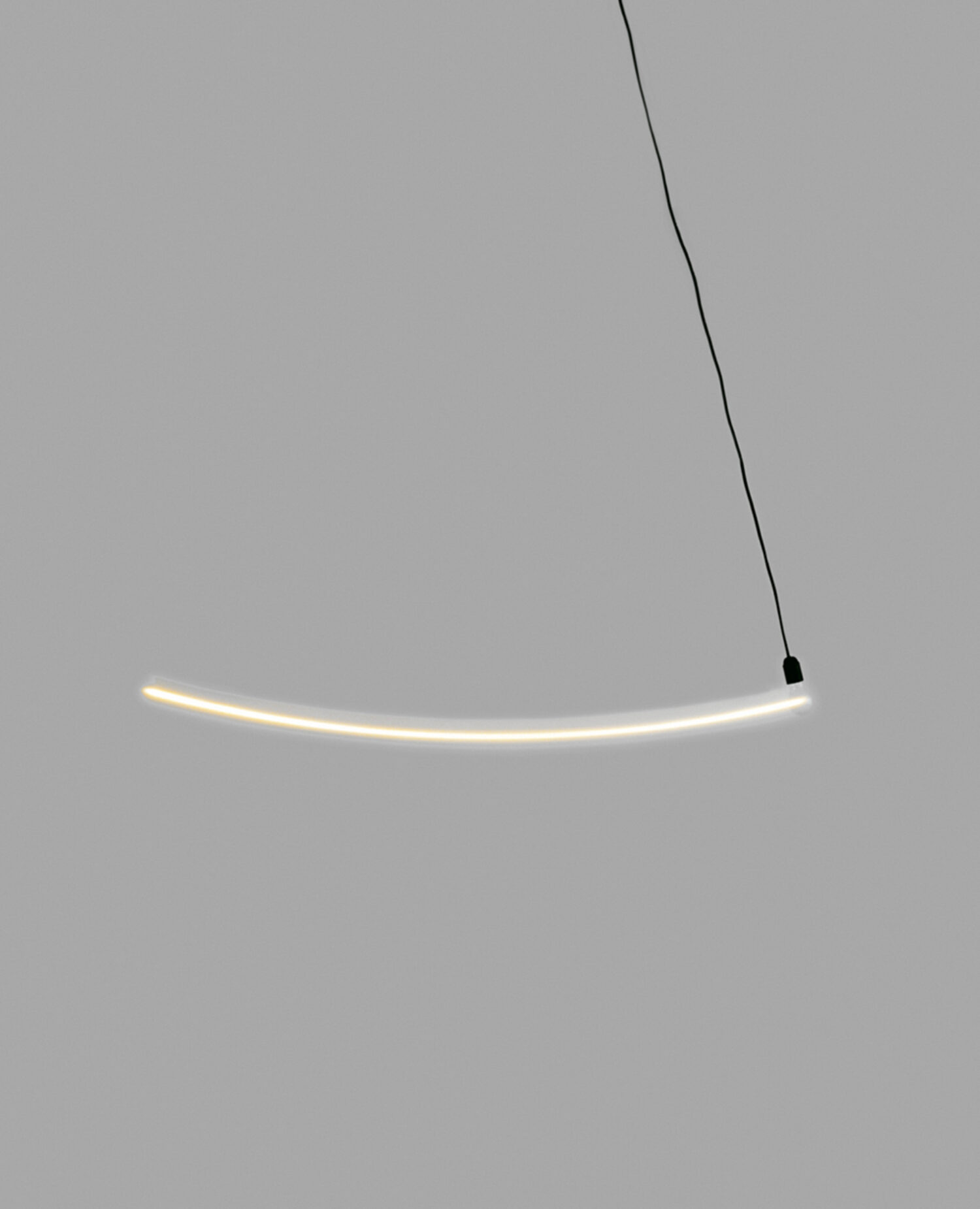
- Mr. Watson ..... come here .... I want to see you, 2005
- light swings back and forth, accelerating and decelerating in a 12-minute cycle, Electric motor, control unit, steel screws, PVC tubing, electric copper cables, fiberglass, light bulb, plastic socket, cabling, epoxy adhesive
- dimensions variable
- edition of 2 (+ 1 ap)
